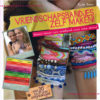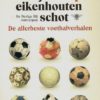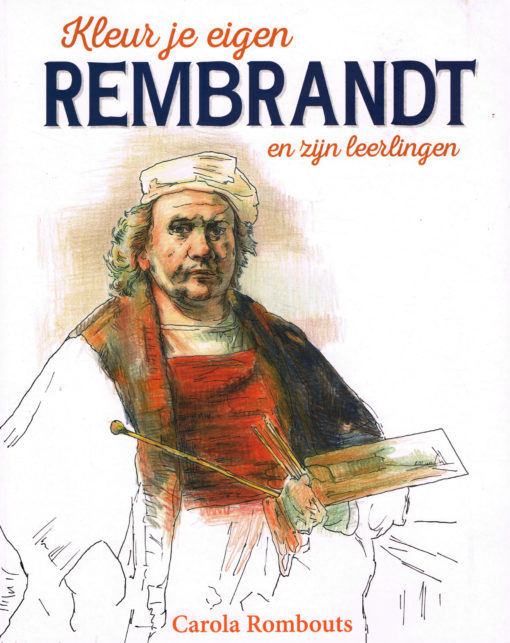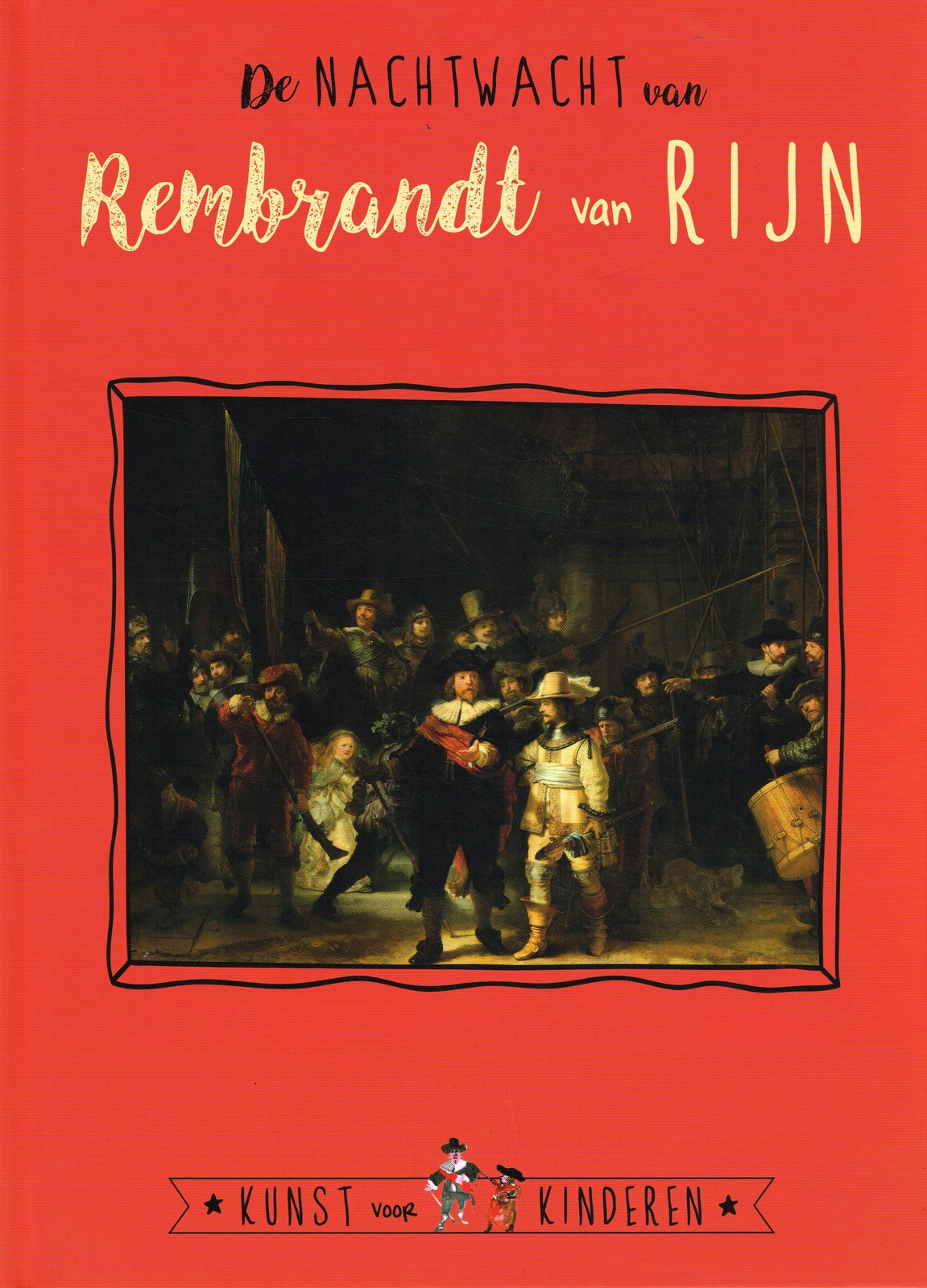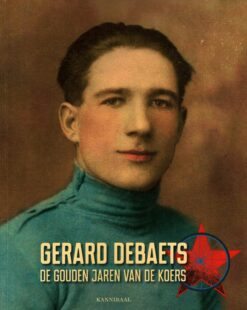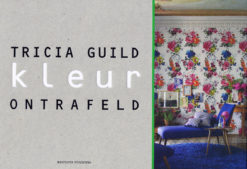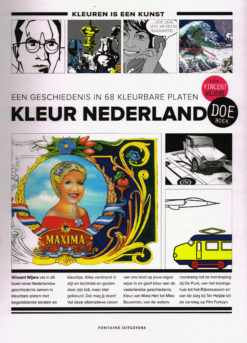Terug/Home/Webwinkel ramsj.nl /Hobby & sport/Handarbeid & knutselen/Kleur je eigen Rembrandt en zijn leerlingen
Carola Rombouts
Kleur je eigen Rembrandt en zijn leerlingen
Oorspronkelijke prijs was: € 12,99.€ 7,90Huidige prijs is: € 7,90.
Kleur je eigen Hollandse meester in het kleurboek ‘Kleur je eigen Rembrandt en zijn leerlingen’ van kunstenares Carola Rombouts. 12 kleurplaten op A3 -formaat met de bekende meesterwerken van Rembrandt van Rijn en zijn leerlingen Gerard Dou, Govert Flinck en Ferdinand Bol. Bij elke kleurplaat staat ook het originele meesterwerk afgebeeld als voorbeeld.
